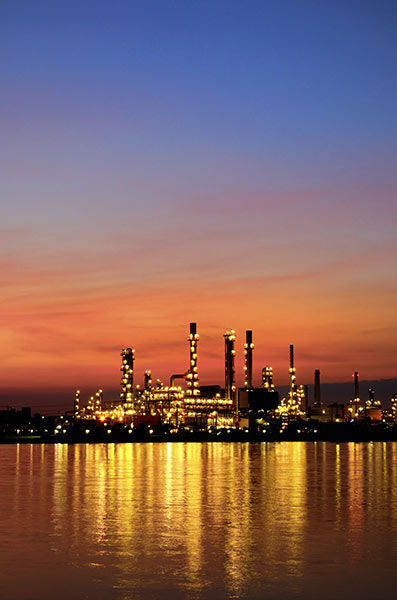
In 2014 OPEC flooded the market with oil in an effort to put American shale producers out of business. Oil prices crashed – but the U.S. producers responded by developing new technologies and becoming lean (yes that is possible). Today there is plenty of oil. In the U.S. (Permian basin), fracking technology is resulting in new sources of oil – it is estimated that over 100,000 new wells have been drilled with economic profitability at $30 per barrel. But there is a supply chain bottleneck: more oil is produced than what the current pipelines can handle and traders are using rail and trucks to bring oil to market.
2018 saw the largest annual increase in U.S. oil production in 98 years – the total output of 15.9mn barrels a day (more than Russia or Saudi Arabia). By 2019 new pipelines will come online and when this supply chain bottleneck is addressed, OPEC will have bigger problems.
In the worlds largest (U.S.) economy consumers account for about two-thirds of the economy. Manufacturing is 12% and at least 78% of the U.S. economy will benefit from lower energy prices as it helps manage inflation. Closer home, here in India the dependence on oil is known to all. Unlike the U.S., India has not made much material strides in reducing dependence on imported oil. However, lower oil prices should enable economic growth and continued growth in corporate profits. Just compare the U.S. or Indian economy between the 70’s (at the time of the oil crisis) and (notwithstanding the current problems) today. We should expect macro tailwinds going forward.